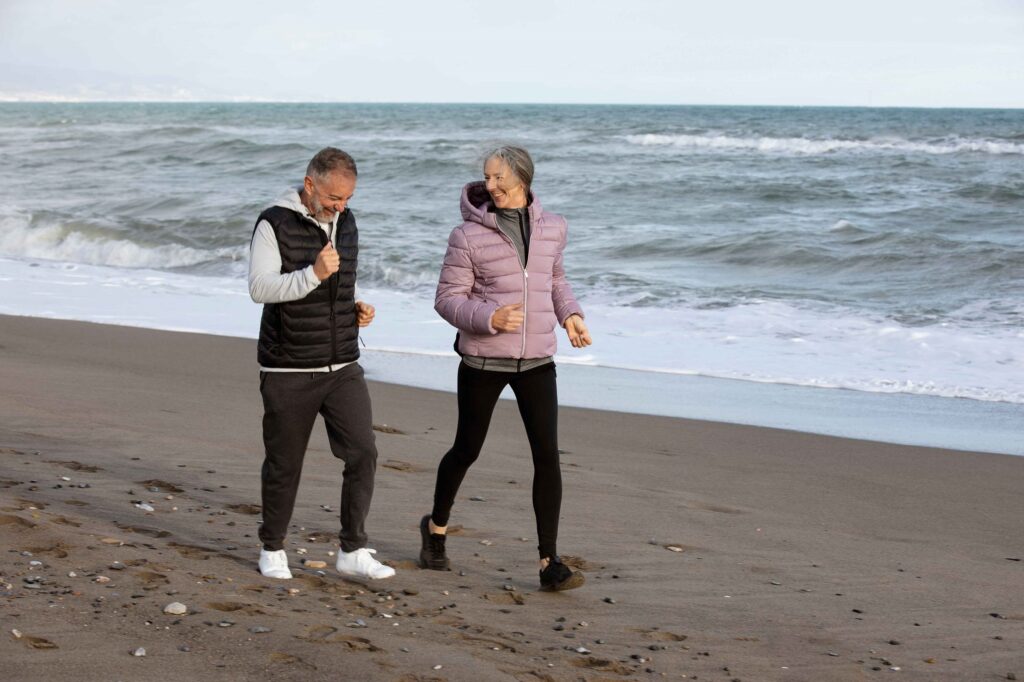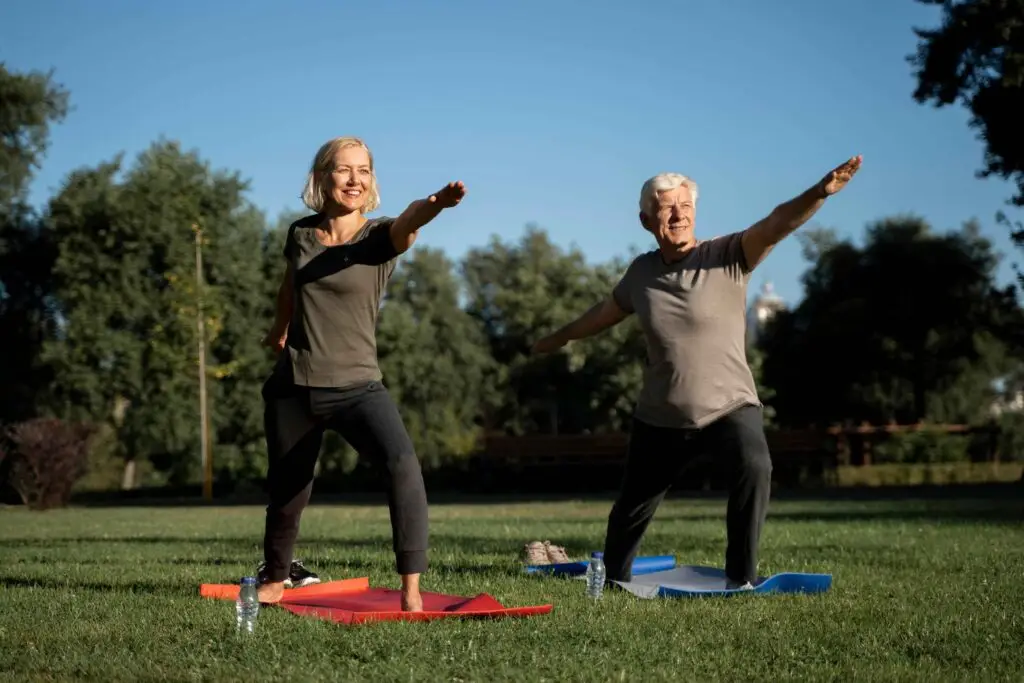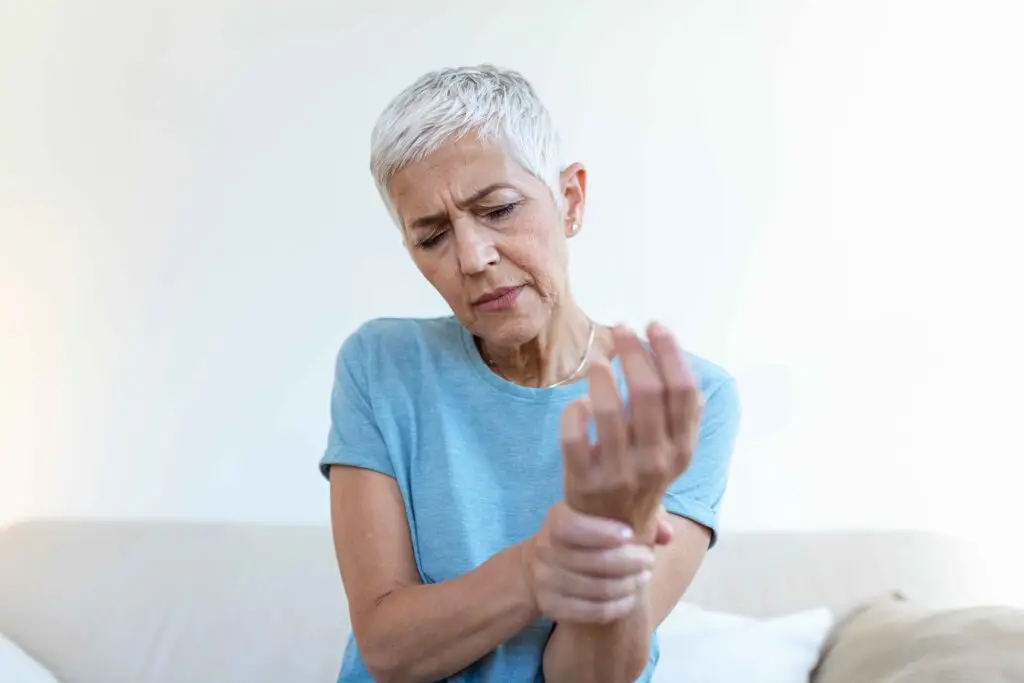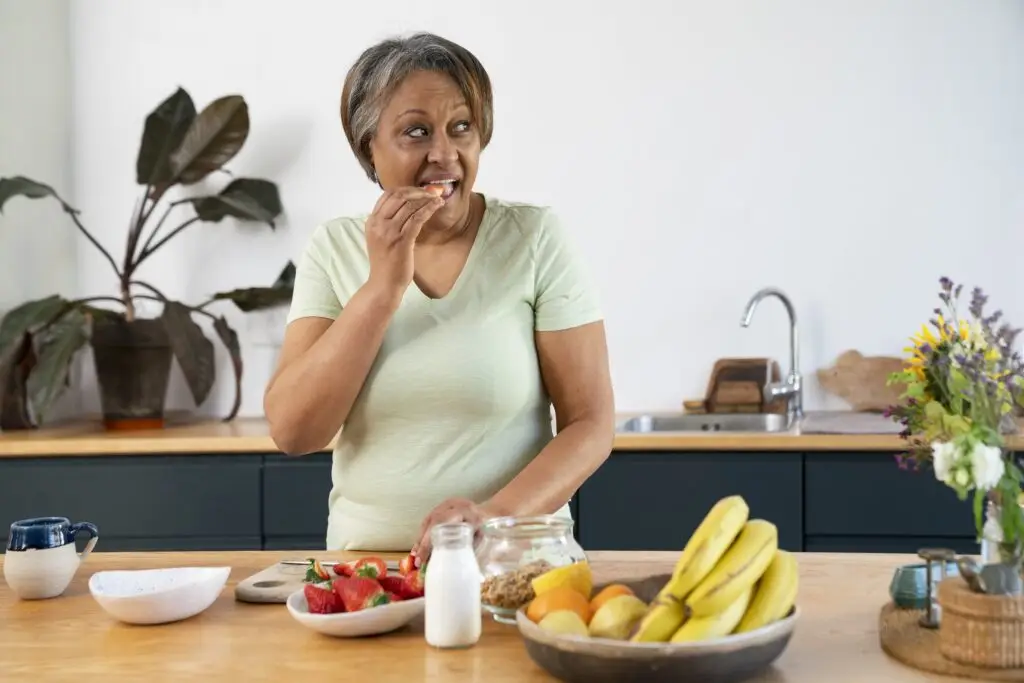Staying active is one of the most effective ways to maintain your health, mobility, and independence as you age.
Regular exercise can improve your energy, strengthen your body, and enhance your overall quality of life. For seniors, low-impact exercises are an excellent choice. These activities are gentle on the joints while still providing significant health benefits. Whether you’re just starting or looking to add variety to your routine, this guide will help you embrace fitness with low-impact exercises tailored for seniors.
- Benefits of Low-Impact Exercises
Low-impact exercises provide numerous health benefits without putting undue stress on your joints or muscles. Here are some key advantages:
- Improved Cardiovascular Health: Activities like walking and swimming boost heart health and circulation.
- Enhanced Flexibility and Balance: Gentle exercises help prevent falls and keep your movements fluid.
- Reduced Joint Pain and Stiffness: Low-impact workouts can alleviate symptoms of arthritis and other joint issues.
- Boosted Mental Health: Exercise releases endorphins that reduce stress and improve mood.
These benefits make low-impact exercises a safe and effective way to stay active at any fitness level.
- Top Low-Impact Exercises for Seniors
Here are some of the best low-impact exercises to help you stay fit and active:
- Walking:
- Walking is simple, free, and accessible to almost everyone. It improves cardiovascular health, strengthens muscles, and boosts mood.
- Tip: Start with a 10-minute walk and gradually increase your duration. Choose flat, safe surfaces, and wear supportive shoes.
- Swimming or Water Aerobics:
- Exercising in water reduces the strain on your joints while providing resistance for a full-body workout.
- Tip: Join a water aerobics class at your local pool for a social and structured session.
- Chair Yoga:
- This form of yoga uses a chair for support, making it ideal for improving flexibility, strength, and relaxation.
- Tip: Look for beginner-friendly online videos or local classes tailored to seniors.
- Tai Chi:
- A gentle martial art focusing on slow, controlled movements and mindfulness. It’s especially effective for improving balance and reducing stress.
- Tip: Practice in a quiet space to enhance your focus and enjoyment.
- Resistance Band Workouts:
- Using resistance bands is a great way to build muscle strength without heavy weights.
- Tip: Start with light resistance bands and target major muscle groups, such as arms, legs, and core.
- Cycling on a Stationary Bike:
- A low-impact way to improve cardiovascular health and leg strength.
- Tip: Adjust the bike to a comfortable height and start with short, moderate-paced sessions.
- Tips for Starting and Staying Consistent
Beginning a new exercise routine can feel daunting, but these tips will help you ease into it and stay motivated:
- Start Slow: Begin with short, manageable sessions, such as 10-15 minutes, and gradually increase your duration and intensity.
- Wear Proper Gear: Invest in comfortable workout clothes and supportive footwear to prevent discomfort or injuries.
- Set Achievable Goals: Write down your goals, like walking for 20 minutes daily or mastering a new yoga pose, to stay motivated.
- Track Your Progress: Use a notebook or app to monitor your improvements and celebrate milestones.
- Find a Buddy: Exercising with a friend or family member can make the activity more enjoyable and keep you accountable.
- Join a Class: Many community centers and gyms offer senior-friendly classes, providing structure and social interaction.
- Safety First
While exercise is highly beneficial, it’s important to prioritize safety to avoid injuries or overexertion. Follow these guidelines:
- Consult Your Doctor: Before starting any new exercise program, speak with your healthcare provider, especially if you have pre-existing conditions.
- Listen to Your Body: Pay attention to how you feel during and after exercise. Stop immediately if you experience pain, dizziness, or shortness of breath.
- Stay Hydrated: Drink water before, during, and after your workouts to keep your body properly hydrated.
- Warm Up and Cool Down: Begin with gentle stretches or light walking to prepare your muscles and joints, and finish with a cool-down to aid recovery.
- Building an Exercise Routine
Consistency is key when it comes to reaping the benefits of exercise. Here’s how to create a routine that works for you:
- Mix It Up: Incorporate a variety of activities, such as walking, yoga, and resistance training, to keep things interesting and work different muscle groups.
- Choose Convenient Times: Schedule your workouts for times of the day when you have the most energy.
- Be Flexible: It’s okay to adjust your routine based on how you feel or what your schedule allows.
Conclusion
Low-impact exercises are an excellent way for seniors to stay active, fit, and independent. Whether you’re walking, swimming, or practicing tai chi, these activities offer countless physical and mental health benefits while being gentle on your body. Remember to start slow, prioritize safety, and enjoy the process. Every small step you take contributes to a healthier, happier you.
Ready to get moving? Try one of these low-impact exercises today and feel the difference it can make. For more tips and resources on senior health and fitness, visit 60AndOver.net.
Other Articles

The Complete Guide to Sleep Aids for Seniors (60+)
Exploring Safe, Effective Choices for Better Rest After 60 Sleep troubles become more common with age. Many seniors find themselves lying awake at night, waking too early, or struggling with

Valerian vs Melatonin: Which Is Better for Seniors Struggling With Sleep?
Comparing Two Popular Natural Sleep Aids When looking for natural sleep remedies, two of the most common names are melatonin and valerian root. Both are widely available, often sold as

West Virginia Senior Communities
The Village at Heritage Point (Morgantown) – A well-rated independent and assisted living community. Located near West Virginia University, The Village at Heritage Point offers a comfortable and engaging senior

11 Low-Sodium Recipes for Seniors Managing High Blood Pressure
As we age, maintaining a healthy diet becomes even more critical, especially for those managing high blood pressure. A low-sodium diet can help keep blood pressure in check and reduce

Mitsui Garden Hotel Kyoto Sanjo: A Comfortable and Elegant Stay in the Heart of Kyoto
Mitsui Garden Hotel Kyoto Sanjo is a well-regarded accommodation option in Kyoto, Japan, offering a blend of modern comfort and traditional Japanese aesthetics. Located in the heart of Kyoto, the
📘 Book Review: The Simple Path to Wealth: Your Road Map to Financial Independence and a Rich, Free Life By J.L. Collins
Don’t let the title fool you—The Simple Path to Wealth is not about getting rich quick. It’s about getting financially secure, calm, and free—even if you’re starting later in life.





